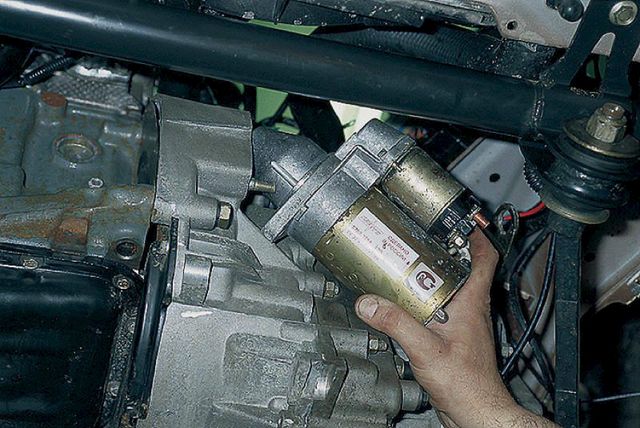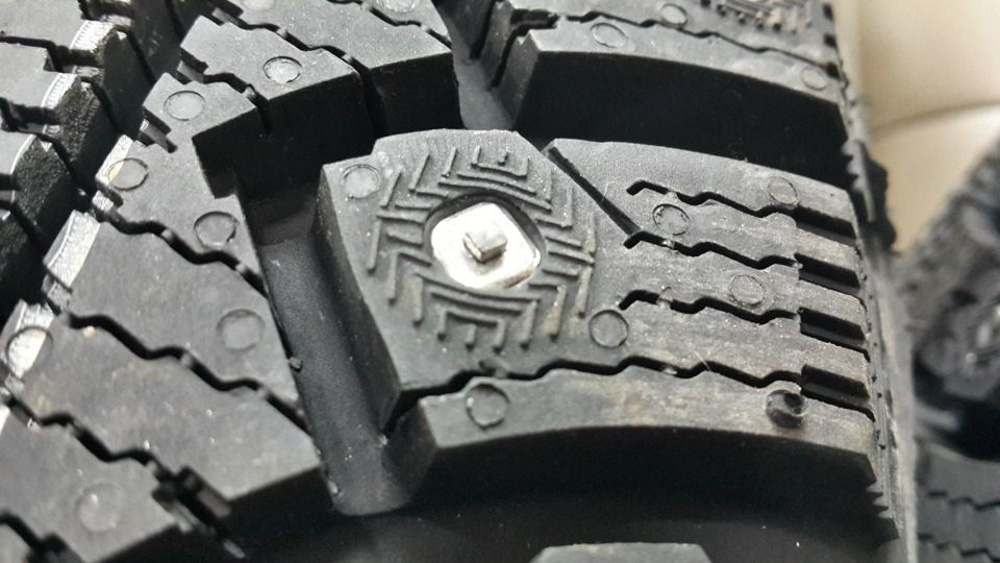
Running in studded tires - how to do it right?
With the onset of cold weather, most drivers switch to winter tires. The most popular type of winter tires are studded tires. On the Internet, on many automotive sites that we wrote about on our autoportal Vodi.su, as well as in printed publications, you can find information about the need to run in studded tires. There are serious discussions about this.
We decided to figure out what running in studded tires is, whether it is needed, and how to ride on such tires so as not to lose all the studs over the winter.
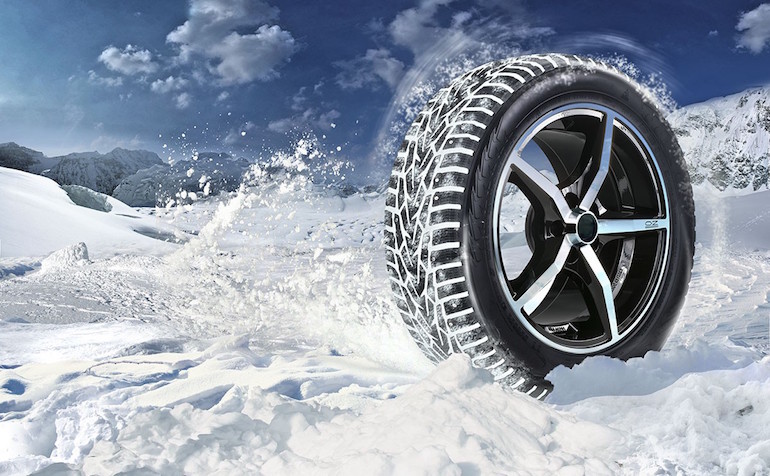
What is tire rolling?
In simple terms, tire break-in is their lapping to the road surface. New tires, no matter what - summer or winter, absolutely smooth, not porous. This is due to the fact that in the process of their production various lubricants and compounds are used to facilitate the removal of finished wheels from molds into which rubber is poured. All these substances remain on the tread for some time and must be disposed of.
All drivers agree that after installing new tires, you need to get used to them. Any sales assistant will tell you that the first 500-700 kilometers do not need to accelerate faster than 70 kilometers per hour, you cannot brake sharply or accelerate with slippage.
During this short time, the tires will rub against the asphalt surface, the remnants of the factory lubricants will be erased, the rubber will become porous and the grip on the track will improve. In addition, the rim is lapped to the disk.
When it comes to studded tires, then some break-in period is simply necessary so that the spikes “fall into place” and not get lost over time. You also need to get rid of the remnants of the factory compounds that are used to secure the spikes.
What is a spike?
It usually consists of two components:
- core made of tungsten carbide alloy;
- body.
That is, the core (it is also called a needle, nail, pin, and so on) is pressed into the steel case. And then shallow holes are made in the tire itself, a special compound is poured into them and spikes are inserted. When this composition dries, the spike is firmly soldered into the tire.
It has long been noticed that most of the spikes are lost precisely on new tires that have not gone through the break-in process.
It is also worth noting that the number of lost studs also depends on the rubber manufacturer itself. For example, in the Finnish company Nokian, spikes are installed using a special anchor technology, due to which they are lost much less.

The merits of Nokian include the technology of floating spikes - they can change their position depending on the conditions. Also, retractable spikes are being developed, the position of which can be controlled from the passenger compartment.
How to break in winter tires?
After installing new studded wheels, it is advisable not to drive very aggressively for the first 500-1000 kilometers - avoid sudden acceleration and braking, do not reach speeds above 70-80 km / h. That is, if you always drive like this, then you should not resort to any special precautions.
Please also note that such a short preparatory period is needed in order for the driver to get used to the new tires, because such tires are worn when switching from summer to winter tires, so it takes some time to adapt.
An important point - after installing a new studded tire, it is advisable to check the alignment and balance the wheels. Otherwise, the tires will wear out unevenly, a large number of spikes will be lost, and in emergency situations it will be very difficult to cope with control.
If you buy tires from a well-known manufacturer in an official salon, then you can clarify all the points and nuances of operation and running-in directly from the seller. Please also note that running-in is necessary not only for winter, but also for summer tires. And you can judge the end of the break-in process by a special indicator - mini-grooves (BridgeStone), special stickers (Nokian) - that is, when they are erased, you can safely accelerate, brake sharply, start with slippage, and so on.
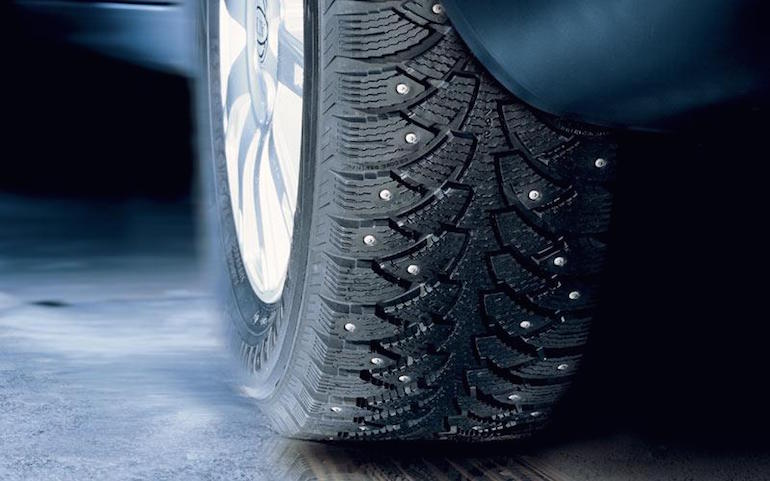
You can often hear how experienced drivers say that, they say, it is easier to drive on lowered tires in winter. On the one hand, this is so - "remove 0,1 of the atmosphere and the contact patch with the track will increase." However, if you install new studded tires, then the pressure must be exactly what is indicated on the rubber label, otherwise you can lose up to a third of all the studs.
Check the pressure regularly at gas stations at least 1-2 times a month.
It has a bad effect on studded tires and driving on asphalt, “porridge”, wet surfaces, broken roads. Try to choose well-rolled highways with high-quality coverage - not in all regions of Russia and it is not always possible to fulfill this requirement. It should also be noted that the transition from summer to winter tires is not always accompanied by the first snow - the temperature outside can be below zero, but there is no snow. That is why many drivers choose winter tires without studs.
Also, experts remind that studded tires significantly affect the behavior of the car. Therefore, it must be installed on all four wheels, and not just on the drive axle - this, by the way, is what many do. The behavior of the car can become unpredictable, and it will be very difficult to get out of a skid.
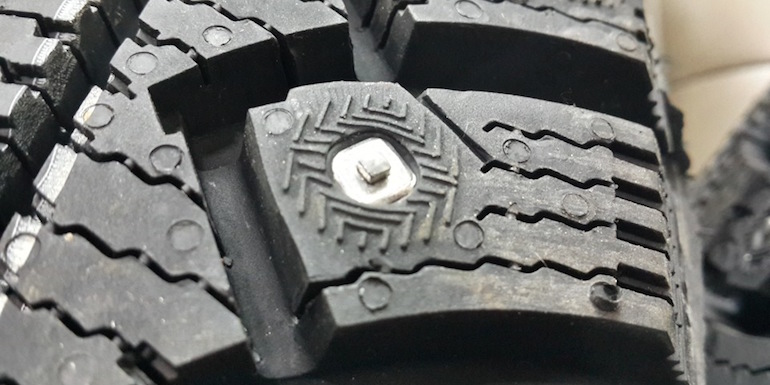
Well, the last recommendation - the first hundred kilometers immediately after installing new tires are very important. If you have the opportunity, then go somewhere out of town, to relatives.
After passing the break-in and the disappearance of the indicators, you can go to the service station again and check the wheel balance to eliminate any imbalance and nip any problems in the bud. Thus, you guarantee your safety in the future.
Loading…
